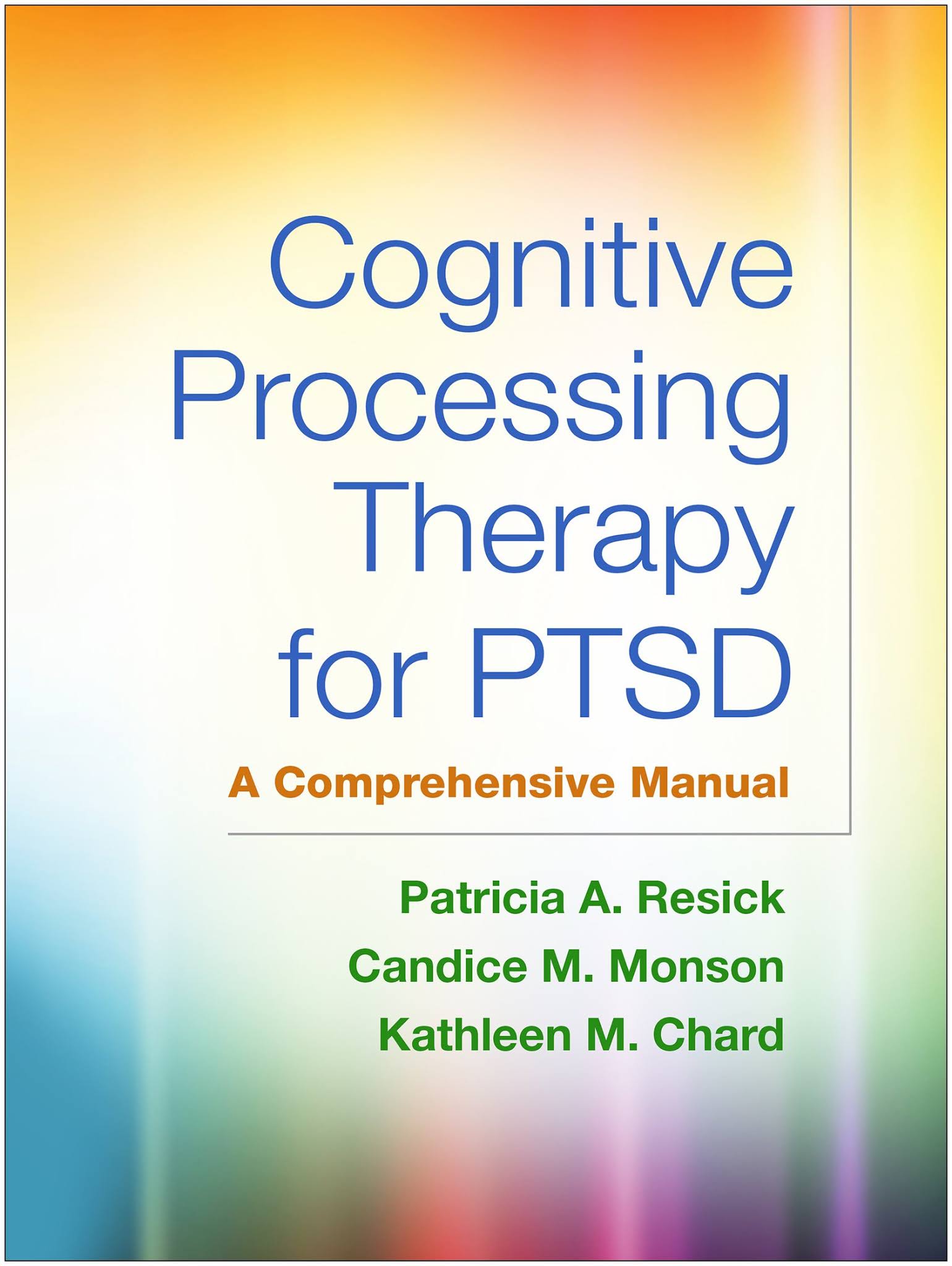Cognitive Processing Therapy
Posted on October 21st, 2020
Ruwan M Jayatunge M.D.

Cognitive Processing Therapy (CPT) has been recognised as one of the effective methods that can be used to treat PTSD. The Cognitive processing therapy was developed by Dr Patricia Resick – a renowned Psychologist in 1988 and she did a lot of single cases until the first publication on it in 1992. Many studies have shown the efficacy of Cognitive processing therapy. Dr Resick defines (CPT) as a manualized therapy that includes common elements from general cognitive-behavioral treatments. Its developed with both cognitive therapy and written trauma accounts.CPT is an evidence-based approach to combat psychological trauma. CPT is recommended for clients with:, PTSD and comorbid diagnoses such as depression and substance abuse. Its generally not recommended for clients with active suicidal behavior, current Psychosis, or the victims with severe dissociation with loss of memory of the traumatic event.
This therapeutic mode is primarily based on Social Cognitive Theory. When a traumatic event occurs it can dramatically alter basic beliefs about the world, the self and others. In addition 5 major dimensions that may be disrupted by traumatic events:, safety, trust, power and control, esteem and intimacy. The CPT focuses on how trauma survivors integrate traumatic events into their overall belief system through assimilation or accomodation. The CPT goals are to process natural emotions (other than fear) in clients with PTSD, address the content of the meaning derived from the traumatic memory., accommodation – accepting that the traumatic event occurred and discovering ways to successfully integrate the experience into the one’s life.
Resick et al. (2002) indicate that the therapy focuses initially on assimilated–, distorted beliefs such as denial and self-blame. Then, the focus shifts to overgeneralized beliefs about oneself and the world. Beliefs and assumptions held before the trauma are also considered. Clients are taught to challenge their beliefs and assumptions, through Socratic questioning and the use of daily worksheets. Once dysfunctional beliefs are deconstructed, more balanced self statements are generated and practiced. The exposure component consists of having clients write detailed accounts of the most traumatic incident(s) that they read to themselves and to the therapists. Clients are encouraged to experience their emotions while writing and reading, and the accounts are then used to determine “stuck points”: areas of conflicting beliefs, leaps of, logic, or blind assumptions.
Dr Resick hypothesizes that when individuals are confronted with new information that is inconsistent with preexisting schemas (i.e., stored bodies of knowledge), one of two processes occurs: assimilation or accommodation. Accommodation is the modification of existing schemas to incorporate new events and information. In trauma survivors, these processes often involve the themes of agency, safety, trust, power, esteem, and intimacy. Sobel et al.(2009) suggest that accommodation is necessary to integrate a new event, traumatized individuals sometimes over-accommodate trauma-relevant information. They noted that over-accommodation occurs when schema changes are inaccurate and over-generalized.
CPT is a highly structured protocol in, which the client learns the skill of recognizing and challenging, dysfunctional cognitions, first about the worst traumatic event and, then later with regard to the meaning of the events for current, beliefs about self and others.